There are thousands of different types of rice around the globe. Rice is one of the world’s staple foods.
It is grown in every continent of the world except Antarctica and each region has practically developed its own set of recipes and preferred ways of eating it.
Whether it is consumed as congee in China, risotto in Italy, sushi and sake in Japan, rice and beans in the United States, paella in Spain, Arroz ala Cubana in South America, or pilau in India, rice has come to be a beloved comfort food all around the world.
Rice is healthy, economical, filling, and versatile. No kitchen should do without it, as it’s also very easy to prepare. It can be served simply as a steamed siding, incorporated into soups or entrées, or sweetened and turned into a snack or dessert. You’ll never run out of ways to enjoy rice, especially since it comes in so many varieties.
1. Arborio
Arborio is an Italian plump, short-grained, starchy white rice frequently used in traditional risotto. It is named after the town of Arborio in Piedmont, Italy, where it was originally cultivated.
Arborio has a pearly white exterior and is fat and slightly oval.
Though firm and chewy when cooked, it is creamy at the same time, making it the perfect choice for rich rice-based dishes like risotto, rice puddings, and even paella.
It can also be mixed into soups like minestrone.
Arborio is a cultivar of japonica rice and is often associated with what is known as glutinous or “sticky” rice.
2. Basmati
Basmati is a very long, slender, and aromatic variety that is protected and grown exclusively in certain regions of India and Pakistan, such as the Himalayan foothills.
Sometimes called “The Prince of Rice”, basmati’s pandan-like flavour is favoured by most Indians, making it a top choice for many of their traditional dishes.
The grains become fluffy and separate when cooked. Basmati works best in dishes like biryani and pilaf or as a complement to stews and curries.
Brown basmati has higher fibre content and a stronger aroma than the white variety.
About 70% of basmati available in the UK is grown in India.
Related: Slow Cooker Chicken Curry
3. Black Rice
One of the rarest types, black rice is an ancient, heirloom variety that comes in several types – 3 of the more common ones being;
- Chinese black grown in northern China that’s firm and not sticky and commonly used in congee or porridge
- Black japonica, a mixture of red rice and black japonica developed in California good for salads
- Black sticky rice, a glutinous variety often mixed and steamed with white sticky rice and used in Thai desserts
Black rice is technically a type of brown, unrefined rice. It is often sold as a whole grain, which means it retains all 3 parts of the entire kernel including the endosperm, the germ, and the bran.
Black rice isn’t only exotic and mysterious – it’s loaded with health-boosting nutrients, too. It’s a rich source of vitamin E and has higher levels of fibre, iron, and protein than brown and polished white rice.
It’s also known as “purple rice” because it turns dark purple when cooked, owing to its high levels of anthocyanin – a natural pigment that dyes the bran. It’s the same pigment that gives blackberries and eggplants their deep purple colour and is an important antioxidant. The hull of black rice is known to contain one of the highest levels of anthocyanin found in food.
In Ancient China, black rice was referred to as “The Forbidden Rice” because it was reserved only for royalty and for use in traditional medicine.
Soft and chewy but not sticky, black rice has a nutty, earthy flavour.
The Chinese variety, in particular, is mildly sweet and floral – almost fruity. It is ideal for salads, porridge, pudding, baked goods, and noodles.
4. Brown (or Whole-grain) Rice
If you’re a healthy eater then you may already know that brown rice is more nutrient-dense than refined, polished white rice. It has higher levels of manganese, selenium, B vitamins, magnesium, phosphorous, iron, and potassium, as well as complex carbohydrates and dietary fibre. It also has a lower glycaemic index than white rice.
That’s because brown rice is a whole grain. The only part removed from it during milling is the inedible. So, compared to polished white rice whose hull, bran, and germ have been removed, brown rice also has a denser texture and nuttier, more full-bodied flavour.
Next time you think of making fried rice, a burrito bowl, rice pudding, or even energy bars, consider using brown instead of white rice. Enjoy it with your curry, incorporate it in your soups, or try it as a pilaf by mixing in fresh herbs, spices, and meat or veggies.
5. Calrose
Calrose is a medium grain that is noted for being the founding variety of the California rice industry in the USA. It is soft and sticky when cooked, absorbs a lot of flavours, and can stand its ground in soups and stews.
Commonly used to prepare Japanese cuisine in the States, it is reasonably good for use in sushi.
Calrose is exported to several countries including Japan and is also grown in other parts of the world including Australia.
6. Glutinous (or “Sticky”, “Sweet” or “Waxy”) Rice
These are short, round, opaque grains that are chewy and firm when cooked, but also very gluey.
They contain high levels of amylopectin, the starch responsible for producing stickiness in cooked rice, and only negligible amounts of amylose, the chemical that causes firmness.
This variety is called “glutinous” not because it contains gluten – it doesn’t – but because it is very sticky or glue-like, making it easy to form into balls and cakes.
Glutinous rice is grown mainly in Southeast and East Asia and is perfect for desserts such as the Japanese mochi and Chinese sweet dumplings and dim sum.
It can also be boiled or steamed, or cooked into a risotto.
7. Jasmine
Jasmine is another slender, long-grain, and aromatic variety with a fragrance reminiscent of popcorn and pandan.
Named after the jasmine flower, it has a delicate floral aroma with a hint of butter.
It is native to Thailand and is widely cultivated across Southeast Asia. When cooked, jasmine is soft and moist and has a subtly sweet flavour. It is ideal for eating alongside stir-fries, grilled, braised, or fried foods, as well as thick soups.
Related: Slow Cooker Thai Red Curry
8. Parboiled (or Easy-cook or Converted) Rice
This is a type of rice that has been processed differently. The husk is left on while the grains are soaked and steamed so they absorb the nutrients found in the bran and hull. Par-boiling drives thiamine, potassium, and other important minerals straight into the endosperm, boosting the nutrient content of the finished grain.
The result is a rice that is firm, dry, and yellowish.
Again, if you’re a health buff and are particular about the nutrient-load of what you’re eating, par-boiled rice will be a smarter choice than regular refined white rice.
9. Red Rice
If you’re looking for an alternative to brown rice, this is a perfect choice.
Red rice has loads of fibre, magnesium, and iron and is known to have the highest nutritional value among all rice varieties.
This rice owes its rich russet hue to anthocyanin. The most widely available varieties of red rice include Thai red rice (also known as “red cargo” rice), Bhutanese or Himalayan red rice, and West African red rice.
Usually eaten un-hulled or partially hulled, red rice turns pink and chewy when cooked and has a nutty, subtly sweet flavour that goes well with meats and vegetables.
It is typically served as a pilaf, in chicken broth, and combined with aromatics such as garlic, onion, and red bell peppers.
You can buy red rice with the hull removed or still present.
10. Sushi (or Ordinary Japanese) Rice
This is the staple of the Japanese diet and consists of short, translucent white grains.
When cooked, Ordinary Japanese rice has a sticky consistency that makes it easy to be picked up with chopsticks.
It is often cooked with rice vinegar, salt and sugar then cooled and rolled into sushi, and is also the variety that is used for making traditional sake.
11. Valencia (or Bomba) Rice
These are short, rounded, pearly white grains that are grown in the eastern region of Spain – particularly the province and city of Valencia, the largest rice-growing city in Spain.
Said to be one of the most expensive varieties from Spain, Bomba is the preferred rice for paella. It is highly absorbent – it can draw in 2 to 3 times its volume in water but doesn’t burst – so it absorbs more liquids and flavours than many other types of white rice.
Because of its high amylose content, though, it doesn’t become sticky. The grains expand length-wise and hold their ground well after cooking.
Though often used almost exclusively for paella, Valencia rice is also suitable for Arroz con Pollo (rice with chicken) and Arros Al Horno (oven-baked Spanish rice).
Try it on stuffings, croquettes, soups, stews, and desserts.
12. Wild Rice (or Canada Rice, Indian Rice, or Water Oats)
Although it looks like black rice, wild rice is not related to black, brown, or any regular rice at all. It’s a different grain that belongs to the genus Zizania, a type of marsh grass native to North America and China. But it looks, cooks, feels, and tastes a lot like rice so it has taken on the name and been warmly adopted into the rice family.
Wild rice grains are long, thin, and usually black or brown. They have a chewy outer sheath with a tender, fluffy kernel when cooked. Since it’s a sturdy grain, you can expect to cook it for no less than 45 minutes.
This “rice” is more challenging to cultivate and harvest than regular rice. Outside of the U.S. and Canada, it is produced in Australia and Hungary.
It’s a good source of protein, though, as well as B vitamins and lysine. It also has more antioxidants and dietary fibre than true rice.
In terms of palatability, wild rice has a raw, earthy flavour, with a slight vegetable taste. Try it in pilaf or even a quiche.
How Many Types Of Rice Are There In The World?
Rice varies in shape, colour, texture or consistency, aroma, nutritional profile, and other characteristics.
The 2 most common types are the Oryza sativa, or Asian rice, which is the most widely known and grown around the world; and the Oryza Glaberrima or African rice, grown in parts of West Africa.
Around the world, there are over 40,000 cultivars or varieties of Asian rice, classified into 4 main categories:
- Japonica, which is short-grained and round, and moist and sticky when cooked;
- Indica, which is long-grained and slender, and is drier, flakier and un-sticky;
- Aromatic; and
- Glutinous
Each of these rice varieties have unique qualities and are chosen for specific dishes.
Long Grain vs Medium Grain vs Short Grain Rice
Long-grain varieties have slender, elongated kernels which expand both in length and width when cooked but remain firm and retain their shape. They don’t stick together unlike glutinous varieties. These are the kind best suited for biryani.
Medium grain varieties tend to be creamy when cooked, so they’re usually chosen for risotto, puddings and other dishes that require liquid in their preparation.
Short grain varieties are almost round and are moist and sticky when cooked. They are perfect for sushi and desserts like Thai khao niao mamuang (mango sticky rice). They are also frequently used in paella.
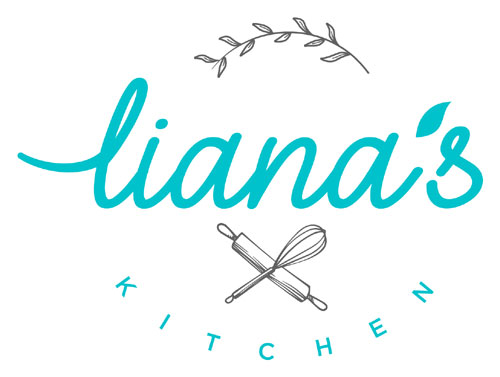
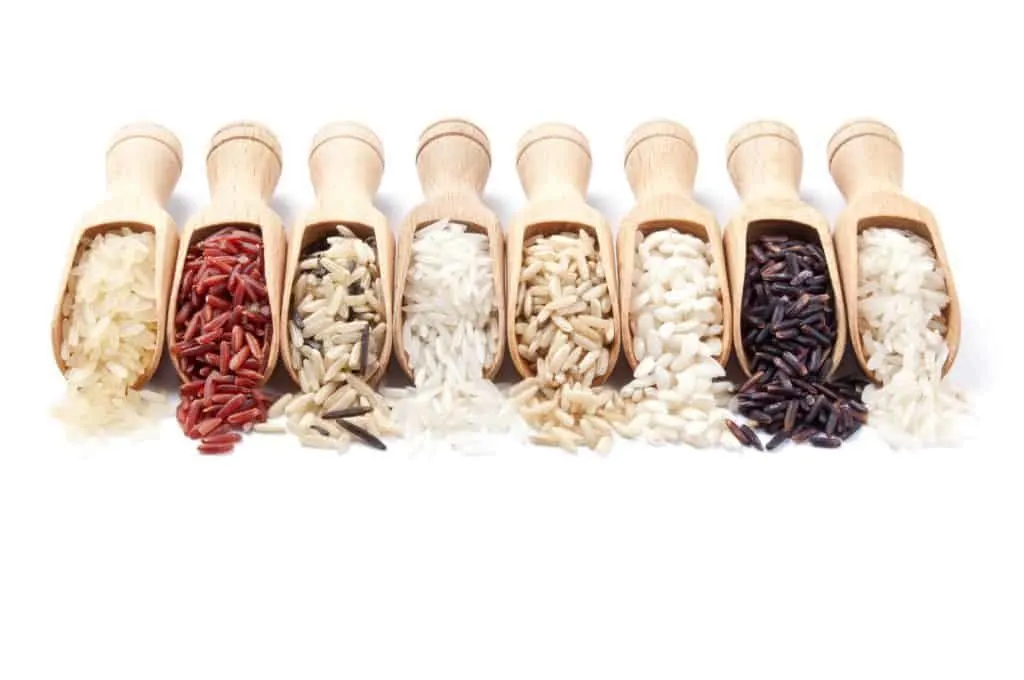
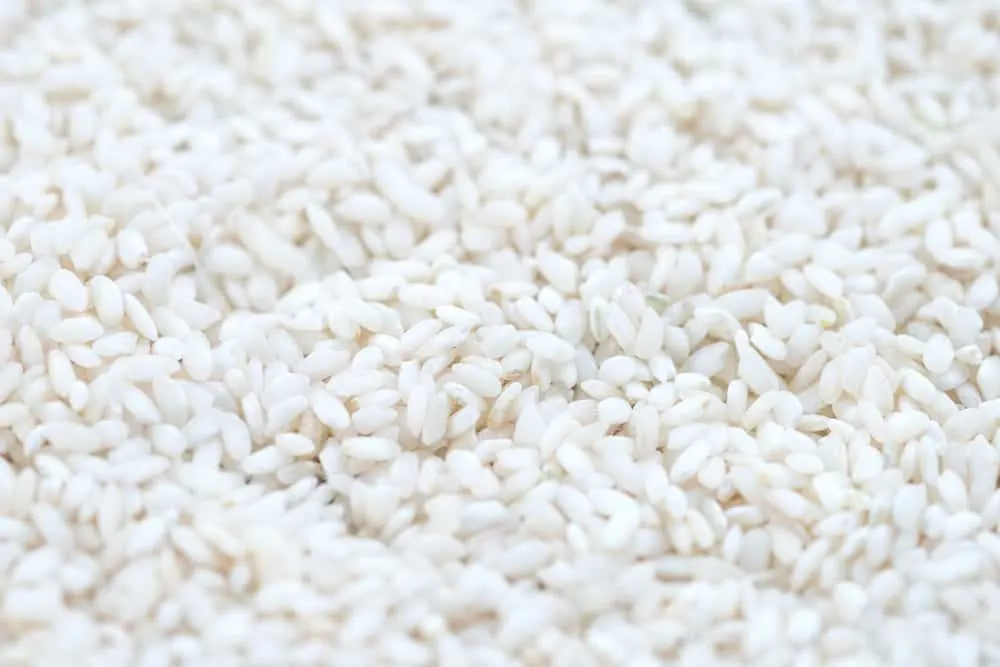
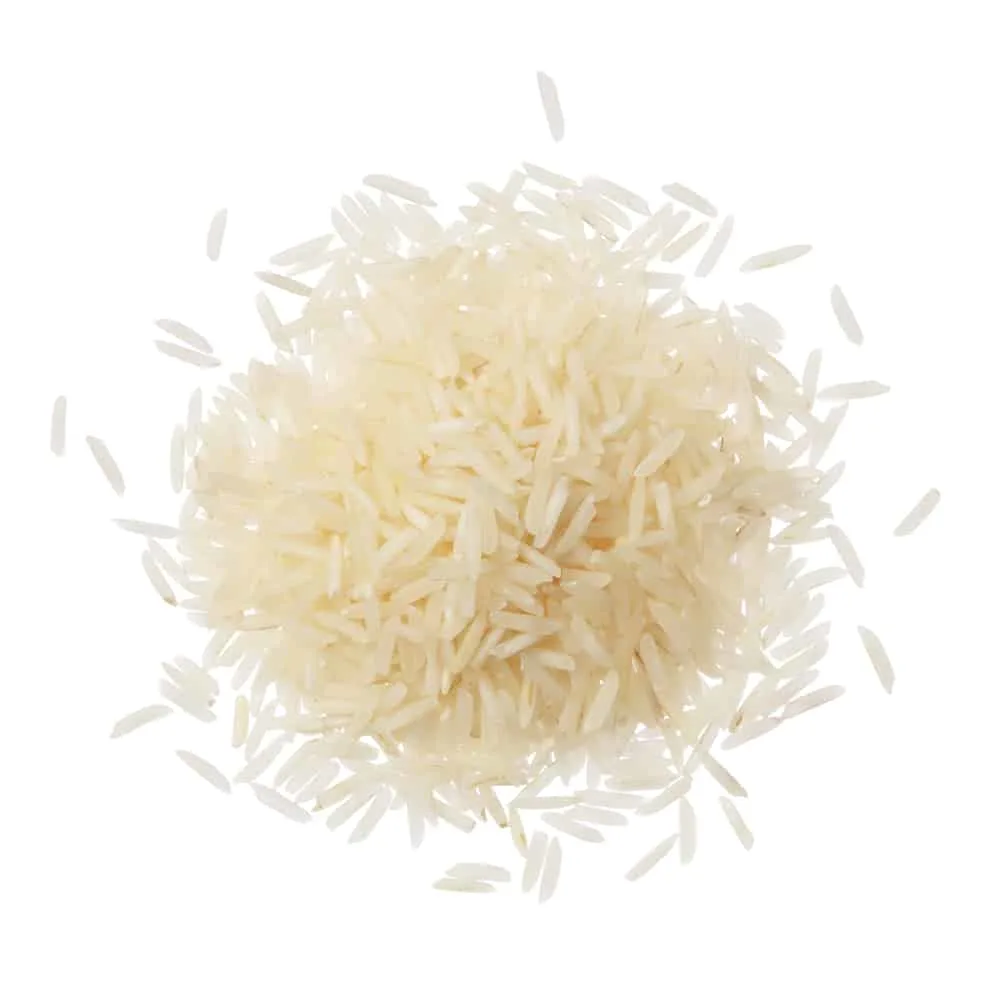
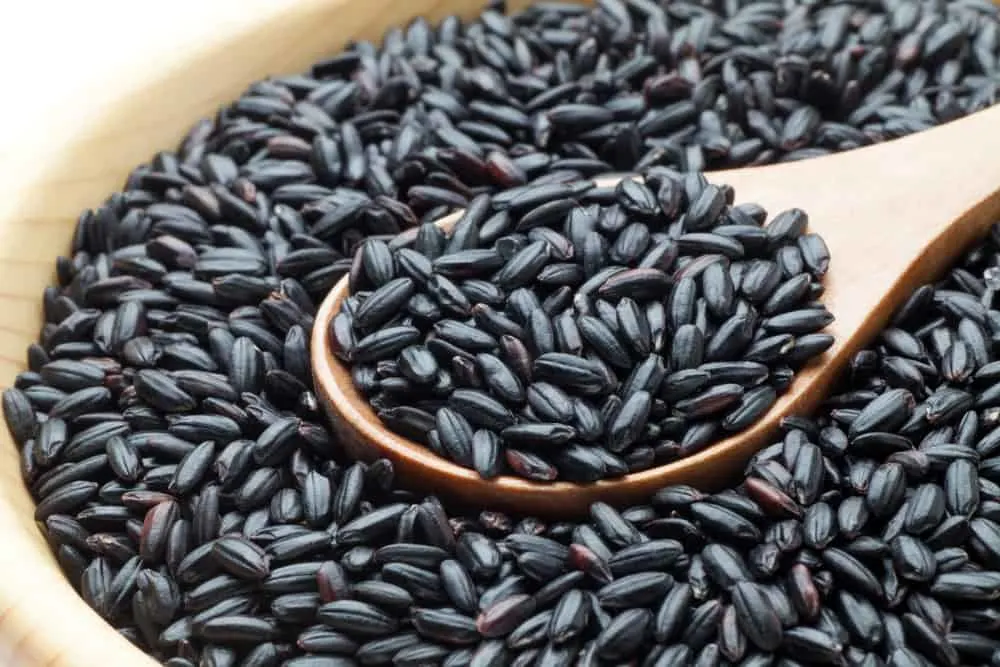
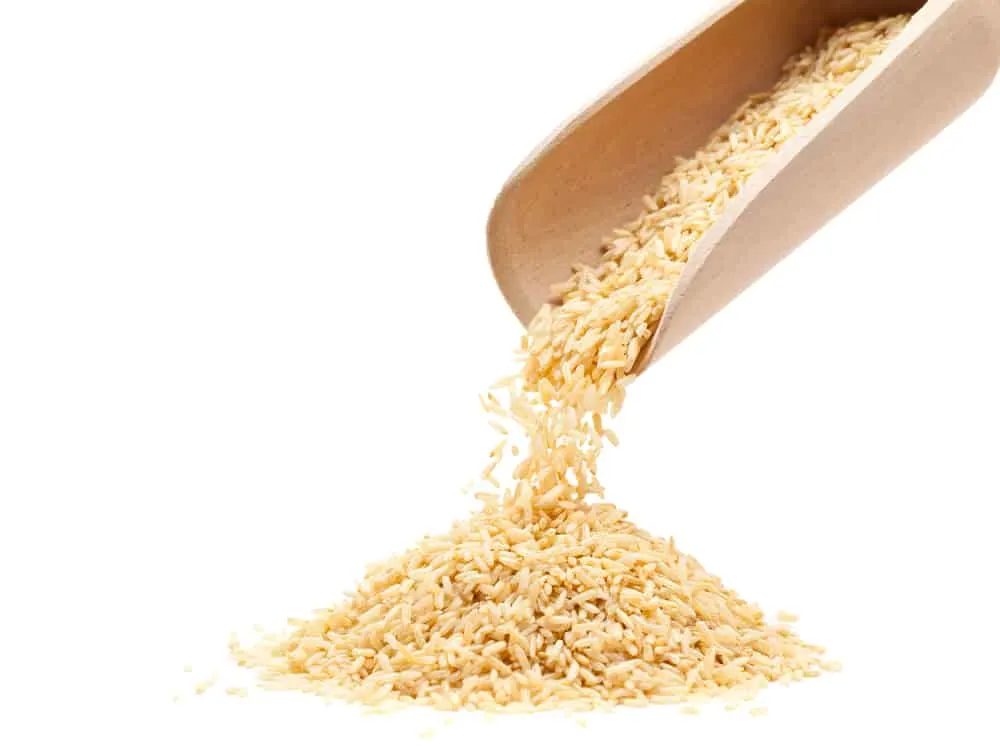
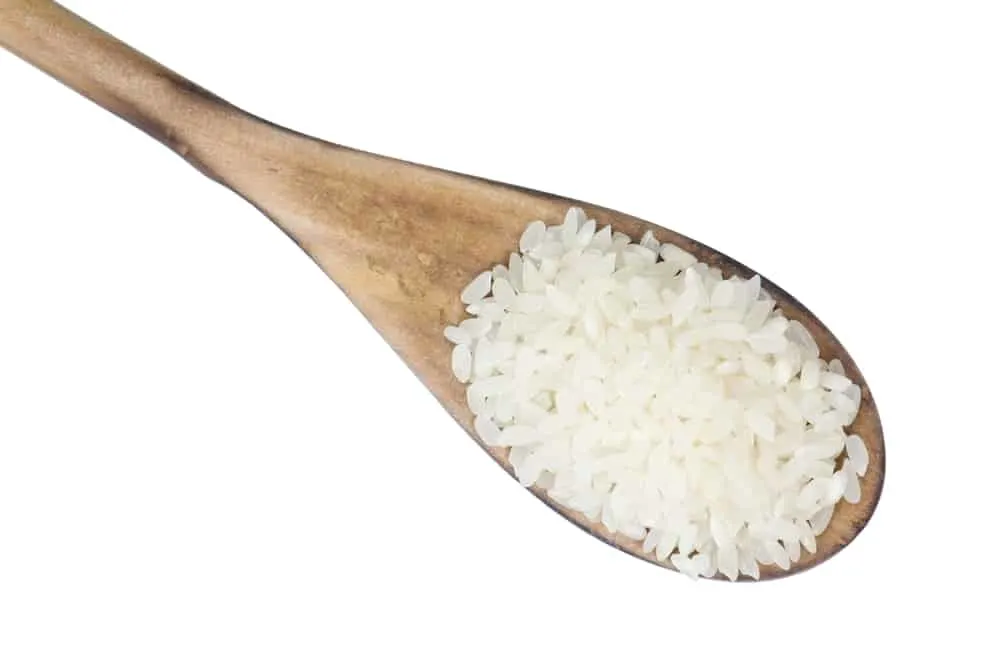
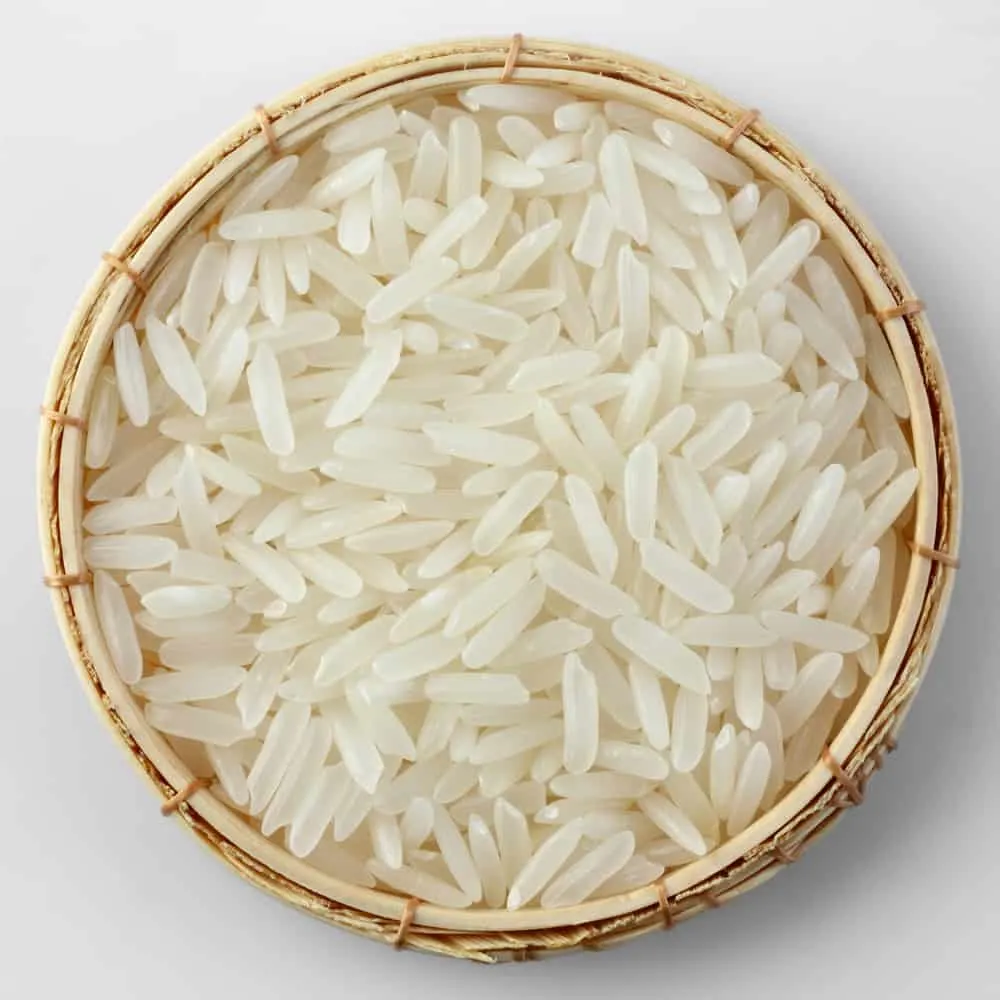
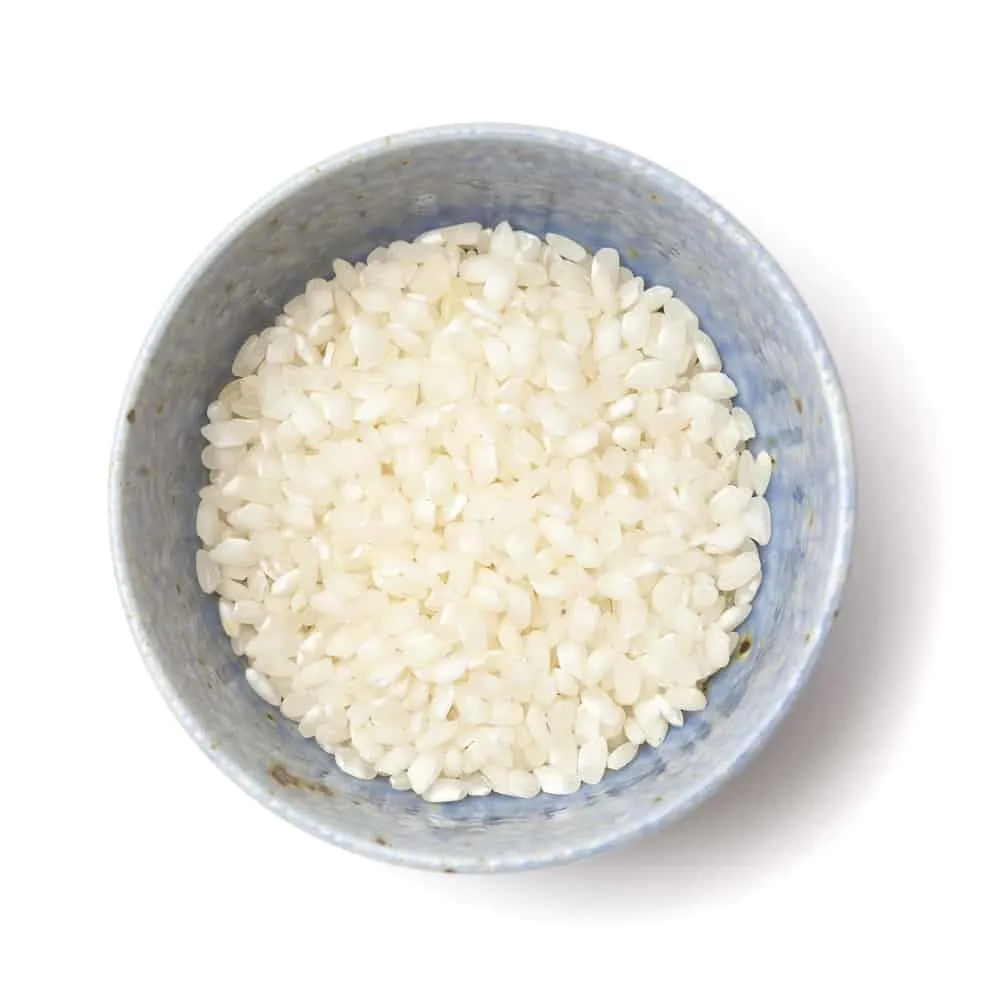
Ian
Wednesday 15th of November 2023
The Black rice from Spain is very very good but possibly more difficult to find.Has a lovely nutty almost oaty, good for cold buffet Rissoto .